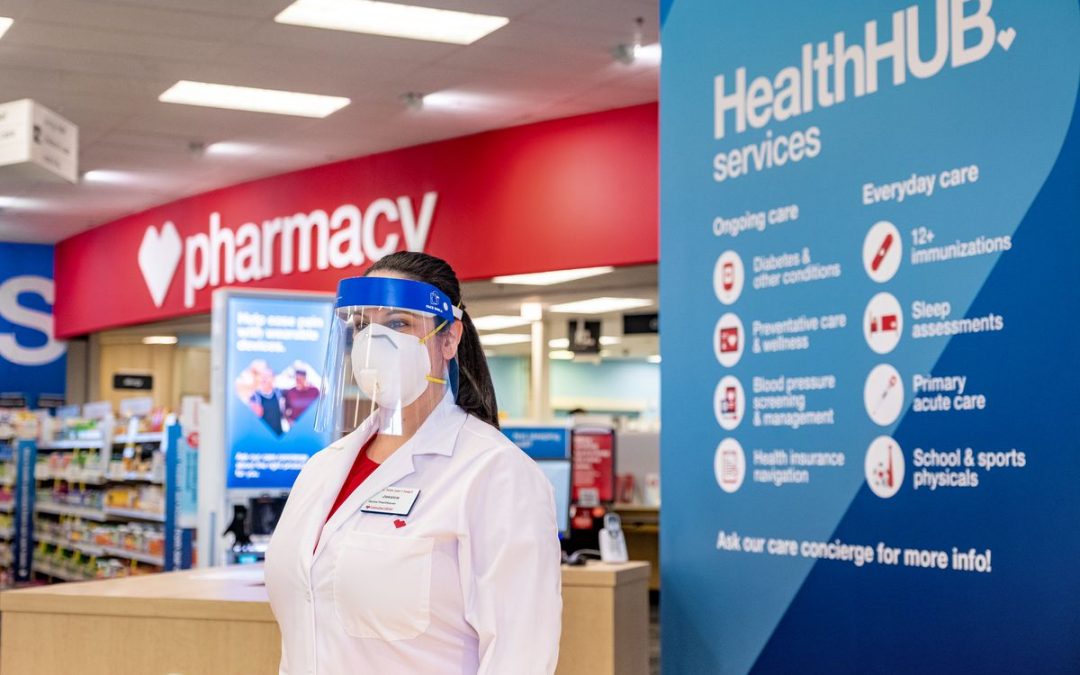CVS Health (NYSE: CVS) released its Q3:23 operating results on Wednesday, November 1, 2023. The company reported net income of $2.2 billion, or $1.75 per share, thanks to double-digit percentage sales growth across all the company’s businesses and contributions from its new healthcare services acquisitions. This compares to the net loss of $3.4 billion, or $2.59 per share, announced in the same quarter last year when the company recorded $5 billion in opioid-related litigation charges.
The giant drugstore chain has spent nearly $20 billion this year on acquisitions. First, the company added senior primary care centers via its acquisition of Oak Street Health for $10.6 billion in February. Then, in March, CVS Health completed its acquisition of homecare company Signify Health for $8 billion.
“Despite a challenging business environment, we continue adapting to the changing needs of our consumers by connecting our care delivery capabilities in communities across the country, broadening access to care and lowering costs,” CVS Health president and chief executive Karen S. Lynch said.
In its healthcare services business, total revenues increased 8.4% to $46.9 billion. This was “driven by pharmacy drug mix, growth in specialty pharmacy, brand inflation and the addition of Signify and Oak Street,” Tom Cowhey, Senior Vice President and interim Chief Financial Officer at CVS Health, said during the November 1st earnings call.
Operating income rose nearly 11% to $1.9 billion in CVS Health’s healthcare services segment, which includes its pharmacy benefit management company, Caremark. This increase can be attributed to the processing of 579.6 million pharmacy claims in the third quarter alone, and 1.7 billion across the first three quarters of the year.
CVS’ health benefits business generated $26.3 billion in revenue during the third quarter, and $78.9 billion for the first three quarters of 2023. The company’s pharmacy and wellness segment earned $28.9 billion in revenue for the quarter, and $85.6 billion year to date, according to the report. That includes 407.1 million prescriptions filled in the third quarter.
In the third quarter, CVS Health announced a major restructuring of the company, with plans to shed 5,000 jobs across the country. This comes just after the retail giant spent billions of dollars to add healthcare services to its stores and medical care provider networks.
There have been news reports of CVS laying off staff all summer. We even mentioned it last earnings season when covering CVS Health. In August, the company said it would cut about 5,000 jobs, and a few weeks later, its workforce was notified of layoffs in at least nine states. These job cuts have continued into the fall, with CVS Health announcing just before Halloween a second round of layoffs in five states: Connecticut, Florida, Illinois, New Jersey and New York.
Meanwhile, CVS saw an increase of 54,000 new health plan members, bringing the total to 25.7 million. CVS, which owns the nation’s third largest health insurer in Aetna, attributed the rise in membership to the expansion of their commercial and Medicare product offerings.
“These increases were partially offset by a decline in the Medicaid product line, primarily attributable to the resumption of Medicaid redeterminations following the expiration of the public health emergency,” CVS Health reported in its Q3 results.
Medicaid redetermination, also called Medicaid renewal or Medicaid recertification, essentially involves individuals proving their eligibility for Medicaid coverage. States have ramped up the Medicaid redetermination process as part of the termination of the U.S. public health emergency in May. This process has contributed to a reduction in Medicaid membership for several health insurers, including Aetna, which could potentially have implications for providers and patients alike.
CVS Health’s main competitor, Walgreens Boots Alliance (NASDAQ: WBA), faced challenges as it navigated a transition period coming out of the COVID-19 pandemic, including softer demand for Covid-related products and labor issues, ultimately posting earnings that fell short of expectations for two straight quarters.

